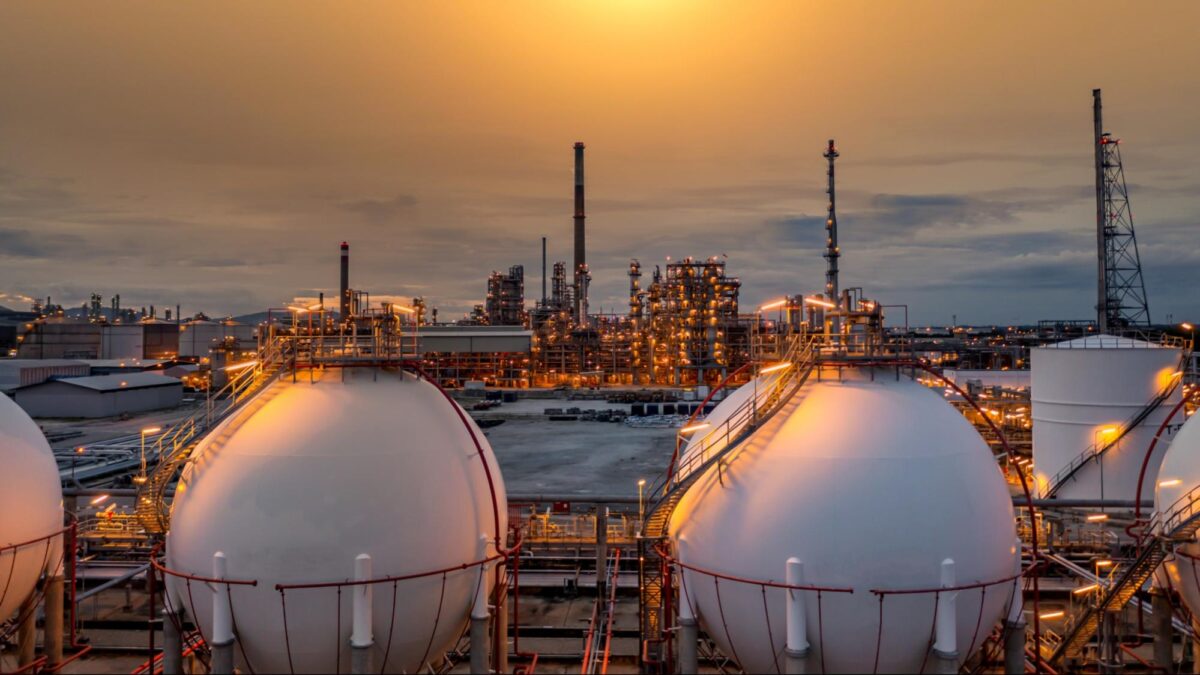In the oil and gas industry, confined spaces are a common but potentially hazardous workplace feature. Confined spaces are areas with limited entry and exit points, not designed for continuous occupancy, and may pose significant risks to workers..
Proper protocols and precautions are imperative to ensure the safety of personnel entering these spaces.
Understanding Confined Spaces
Before delving into protocols and precautions, it’s essential to comprehend what constitutes a confined space in the context of the oil and gas industry. Confined spaces can include tanks, vessels, silos, pipelines, and other enclosed areas. They share common characteristics:
1. Limited Entry and Exit
Confined spaces have small openings for entry and exit, which can impede rapid evacuation. In emergency situations, such as a fire or explosion, this can be life-threatening.
2. Not for Continuous Occupancy
These spaces are not intended for prolonged human presence, making them inhospitable and potentially dangerous. Confined spaces can be oxygen-deficient, contain hazardous gases or vapors, and have extreme temperatures.
Before any confined space entry, it’s crucial to identify potential hazards that may be present. Some common confined space hazards in the oil and gas industry include:
- Air Contaminants: The air inside a confined space may contain toxic gases or vapors like hydrogen sulfide , carbon monoxide, and methane. Workers must have proper respiratory protection and follow gas detection protocols.
- Engulfment: Confined spaces may contain liquid or solid material that can engulf workers. Hazards such as grain bins, tanks, and pipelines filled with water or crude oil can pose a considerable threat to worker safety.
- Physical Hazards: These include slippery surfaces, uneven floors, and tripping hazards that can lead to slips, trips, and falls. Other physical hazards may include high noise levels or the risk of being hit by moving objects.
Protocols for Confined Space Entry
To ensure the safety of personnel working in confined spaces, the oil and gas industry adheres to strict protocols. These protocols aim to minimize risks and include the following:
1. Permit System
A confined space entry permit system is established to control access to these areas. Before entering a confined space, a permit must be issued. This permit outlines the scope of work, hazards present, safety measures, and an emergency rescue plan.
2. Gas Testing
One of the most critical aspects of confined space entry is gas testing. Workers must test the atmosphere for oxygen levels, flammable gases, and toxic substances. Gas monitors are employed to ensure safe conditions before entry.
3. Ventilation
Proper ventilation is crucial to maintain a safe atmosphere within confined spaces. Ventilation systems are used to remove contaminants and provide a continuous supply of fresh air. Workers must ensure that ventilation systems are functioning correctly before entering a confined space.
4. Personal Protective Equipment (PPE)
All personnel entering a confined space must wear the appropriate PPE. This can include respiratory protection, protective clothing, and fall protection equipment. It is essential to follow proper donning and doffing procedures for PPE and conduct regular checks of equipment before use.

5.Communication Systems
Effective communication is necessary for confined space entry. Workers must have a means to communicate with those outside the confined space in case of an emergency. This can include radios or hand signals that have been pre-determined and understood by all personnel involved.
Precautions for Confined Space Entry

Alongside established protocols, several precautions should be taken when entering confined spaces:
1. Multiple Workers
Confined space entry should never be a solo endeavor. Having a team provides support, enhances communication, and enables a more efficient response in case of an emergency.
2. Emergency Rescue Plan
An emergency rescue plan must be in place before entry. This includes the availability of rescue teams, equipment, and procedures for safely extracting workers in distress.
3. Continuous Monitoring
Gas levels and other environmental conditions must be continuously monitored during entry. Gas detectors and monitors are used to ensure that the atmosphere remains safe.
4. Proper Lighting
Illumination within confined spaces is critical for safety. Proper lighting enables workers to see hazards and respond effectively.
5. Exit Procedures
Workers should be familiar with the location of exit points and understand how to evacuate rapidly if necessary.
Role of FAT FINGER in Confined Space Entry
To further enhance safety during confined space entry, the use of technology can be beneficial. FAT FINGER is a digital platform that offers a variety of tools to support safe operations in the oil and gas industry, including confined space entry. Some ways FAT FINGER can help include:
- Pre-entry Risk Assessment
FAT FINGER allows for efficient risk assessments before entering a confined space. With customizable forms and checklists, all potential hazards can be identified and proper precautions can be taken.
- Digital Permit System
The platform offers a digital permit system for confined space entry, making it easier to manage and track permits. This ensures that all necessary protocols are followed before workers enter the confined space.
- Comprehensive Training
FAT FINGER also offers a comprehensive training module, ensuring all personnel are well-equipped with the necessary knowledge and skills to safely navigate confined spaces.
4. Incident Reporting
In the unfortunate event of an incident, FAT FINGER streamlines the reporting process. Its intuitive interface makes it simple to log incidents, track investigation progress, and implement necessary corrective actions.

5. Analytics and Reporting
With FAT FINGER, you can easily track and analyze confined space entry data. Its analytics capabilities provide valuable insights into trends, potential areas for improvement, and compliance with industry standards. This promotes continuous improvement in your confined space safety protocols.
FAT FINGER‘s digitization of operations, comprehensive training modules, incident reporting, and analytics capabilities provide an invaluable tool for ensuring safety and compliance in confined spaces. If safety is your top priority, don’t leave it to chance. Experience the FAT FINGER difference today and let us provide the solutions you need to maintain a safe and efficient work environment. Contact us now to schedule your demo.
About FAT FINGER
Ensure front-line teams do their work correctly every time. Drag & drop digital procedures that unlock operational excellence.
In seconds anyone can build and deploy enterprise-grade mobile applications using an easy drag-and-drop no-code builder.
FAT FINGER uses machine learning to coach app users in real-time to make safer and improved decisions.
Try building your digital procedure on FAT FINGER for free @ www.fatfinger.io




